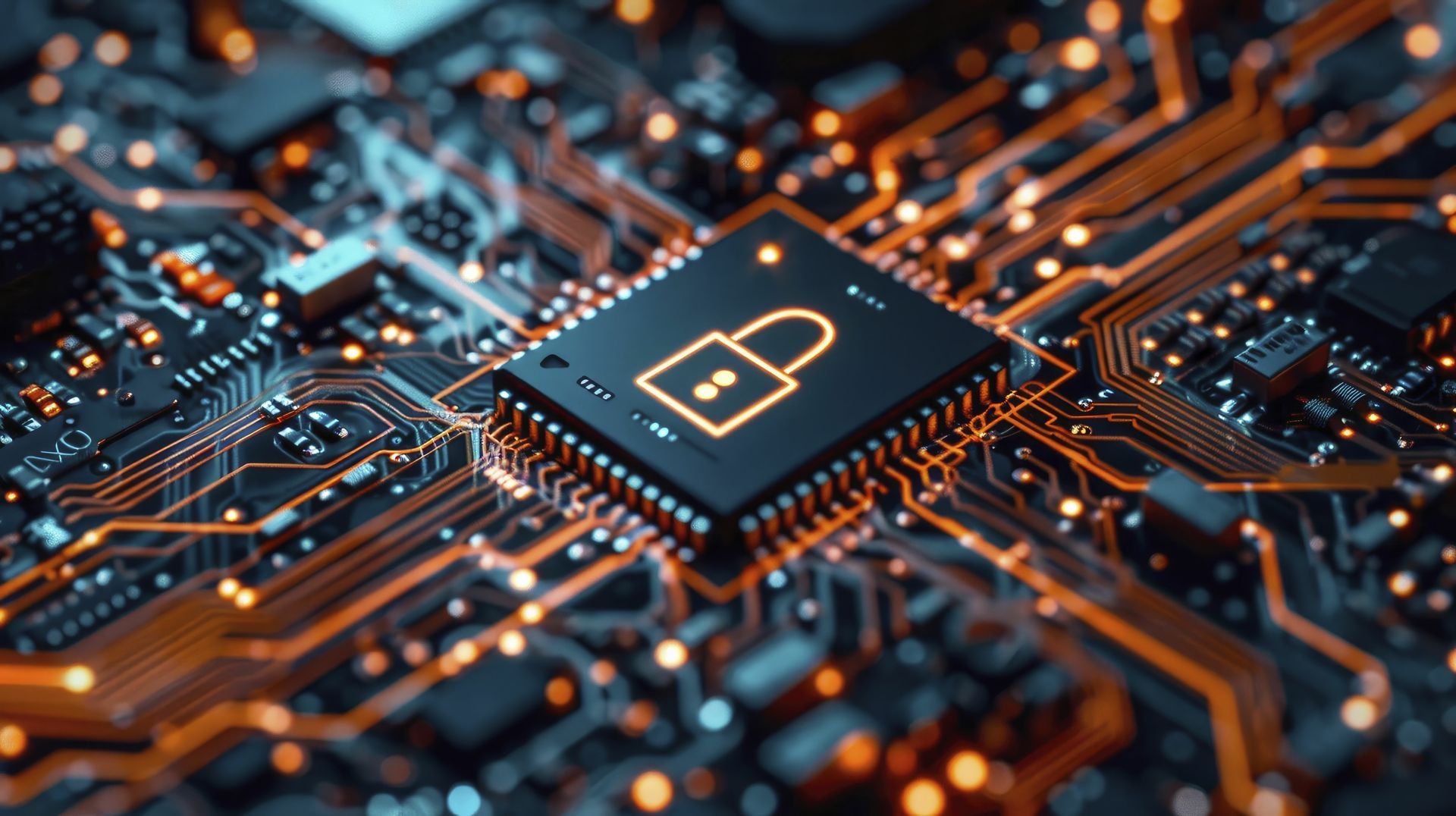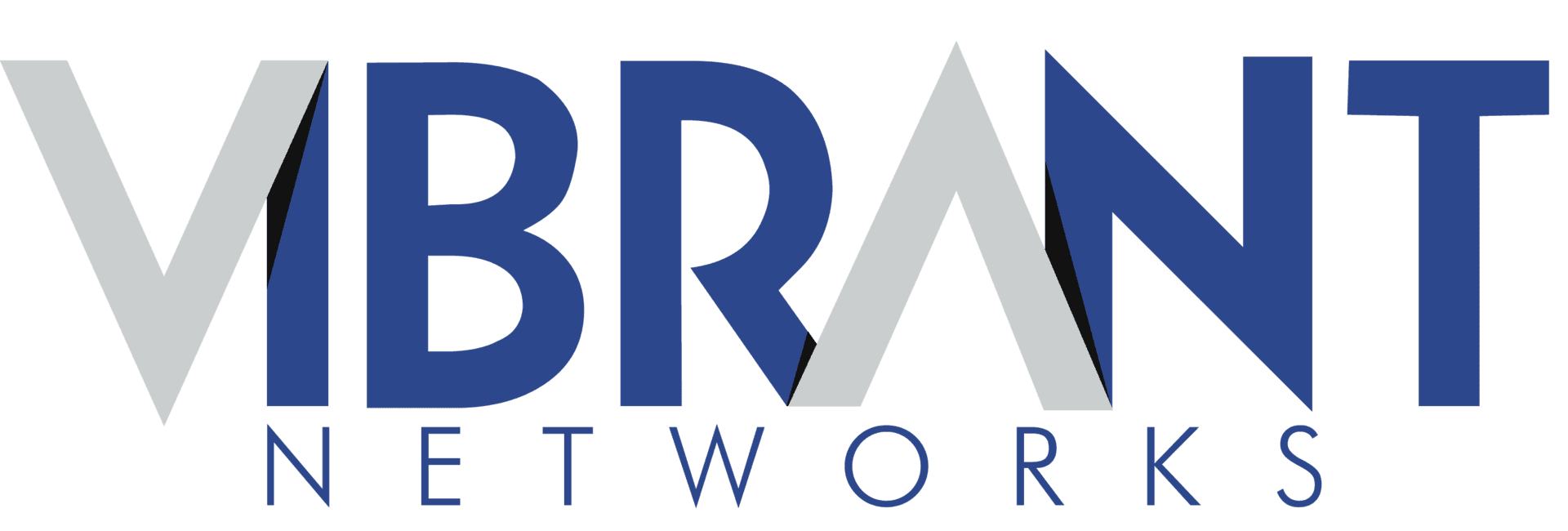AI – Protect Your Company from Rising Breaches!
Take advantage of AI without the risk!

AI is a new technology rapidly changing the way we work. AI has encouraged users to work smarter and saved time on lengthy tasks such as analysing data. AI is transforming many industries as it changes and evolves. However, as with any technology, as it advances, the risk of security and data breaches develops. As AI becomes more and more advanced, it’s essential for our cyber security to evolve with it.
So far, 77% of businesses who have used AI have experienced a breach of their AI. This acts as proof of not only the risks attached to feeding AI your data, but also how many businesses are not considering the risks associated with AI. A breach can expose sensitive data, and completely compromise your confidential data.
But, before you swear off AI, there are solutions to this problem! Every issue has a cause that it stems from, and as an IT company we know how to fix them. Let's delve into how and why these security breaches happen, and the ways you can protect your business.
Why are AI Data Breaches are Increasing?
There are many reasons why AI risks are increasing. The main ones are:
- An increase in AI usage
Of course, as technology develops, more weaknesses can be found and exploited by hackers. With the rapid development of AI creating a variety of software such as ChatGPT and Microsoft CoPilot, systems are exposed to more AI risks. Hackers can target vulnerabilities in data pipelines and expose confidential information.
2. The motivation of data
One key reason why hackers target businesses is because of the vast amounts of data they hold – not only for their own business, but for stakeholders such as clients and suppliers. This creates an AI risk, as hackers look to get a hold of that important data, to either sell or use for themselves (e.g. taking money out of a victim’s bank account). Feeding information to AI can cause major data breaches.
3. The “Black Box” Problem
The complexity of AI models means it’s difficult to understand exactly how an AI system arrives to certain conclusions. The lack of transparency makes it difficult to work out vulnerabilities and track data flow. This causes an AI risk, as if you’re unable to detect vulnerabilities, you’re unable to cover them and prevent security breaches.
4. Hackers are evolving
As technology progresses, hackers are finding and developing more and more ways to sidestep the security you put in place. As AI is becoming more prevalent, cybercriminals are finding ways to manipulate AI models to give inaccurate outputs and leak confidential information.
The Consequences of an AI Data Breach
There are many impacts of an AI data breach. The main ones are:
- The financial loss
Data breaches can lead to a loss of reputation, a loss of clients and a loss of money through fines and lawsuits. A security breach can place a business in a financial hole that is difficult to get out of.
2. A loss of privacy
A data breach can compromise the sensitive data of stakeholders such as employees, customers and suppliers. With everyone’s private information revealed, you could be opened up to regulatory action.
3. Disrupted operations
Many businesses are now relying heavily on AI for certain processes within their business. An AI data breach would put these systems temporarily out of use, which could completely halt business operations.
4. Loss of intellectual property
If you’ve set up an AI model for a specific task, that can be considered intellectual property. An AI security breach can mean competitors can get a hold of these models and systems, removing the competitive advantage from your business.
How do you prevent an AI data breach?
Prevention is always better than cure! There are a number of processes you can put in place to mitigate the risks associated with AI.
- Data Governance
Data governance relates to the standards set in place on how to gather, use and store data. This may include:
- Labelling sensitive data
- Establishing who has access
- Regularly monitoring the use of the data
2. Integrated security
This means security has been considered and built into the system as it develops. For AI this may mean:
- Using secure coding practices
- Penetration testing
- Vulnerability assessments
3. Threat modelling
This refers to when a model of a system is analysed and tested to view how it can be improved or made safer. This helps identify weaknesses in your AI systems and data pipelines, allowing you to rank vulnerabilities and figure out ways to fix them.
4. Train your employees
This is a piece of advice that can help prevent any kind of attack or breach. Training your employees on AI security threats and data handling practices can encourage them to identify and report suspicious incidents and reduce the risk of AI.
5. Security updates
Keep all your AI software and hardware up to date with the latest patches to keep your tech protected.
6. Educate yourself
Keep up to date on the latest cyber security tips by:
- Subscribing to cyber security news
- Attending industry talks
- Attending workshops on AI and security
Partnerships
If you haven’t already, it’s ideal to consider the benefits of working alongside a reputable IT provider. Having a specialist in security can make processes such as threat detection and vulnerability assessments easy!
Exploring solutions provided by IT vendors can improve your IT systems, by having your data patterns analysed, allowing an immediate alert upon unusual activity.
We can help you!
AI has a plethora of benefits of your business when used right. However, without the proper protection in place, it can hurt your business more than it can help.
Our team of IT experts are fully qualified to take care of your tech and ensure there’s air-tight cyber security in place for all of your systems.
Contact us today to enquire about how we can help you!












